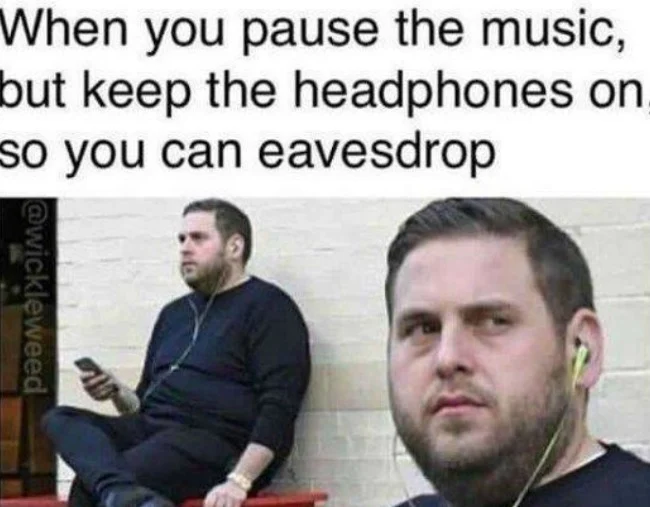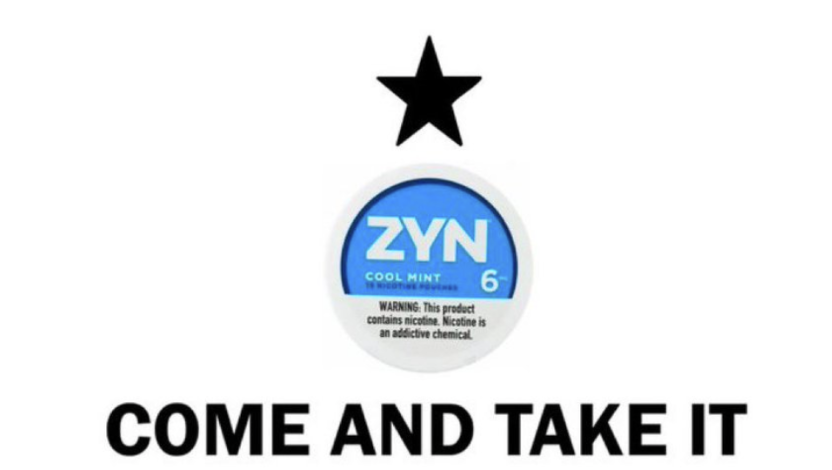Introduction

In the colorful tapestry of our digital age, there’s a thread that weaves through every corner of the internet, bright and impossible to ignore: memes. They are more than just fleeting bits of humor or viral images; memes have become a language of their own, a way to communicate, commiserate, and comment on the world around us.
But what are memes, really? At their core, memes are ideas – contagious, adaptable, and incredibly resilient. They are the jokes that never seem to get old, the slogans that become rallying cries, and the images that encapsulate an entire generation’s mindset. Memes have infiltrated every aspect of modern culture, subtly shaping the way we talk, laugh, and even think.
The Origin of the Term ‘Meme’

The term ‘meme’ was not birthed from the internet age. Its origin traces back to 1976, nestled in the pages of “The Selfish Gene,” a book by the evolutionary biologist Richard Dawkins. In this groundbreaking work, Dawkins proposed a bold analogy: just as genes transmit biological information from one generation to the next, memes are the vehicles for the transmission of cultural information. Memes, in Dawkins’ original vision, were akin to cultural genes – units of cultural information that replicate and evolve. They could be melodies, catchphrases, fashion trends, or even ways of making pots or building arches. Dawkins’ meme was an attempt to understand how cultural information spreads and changes, influenced by the same kind of evolutionary pressures that affect biological evolution.
Early Forms of Memes
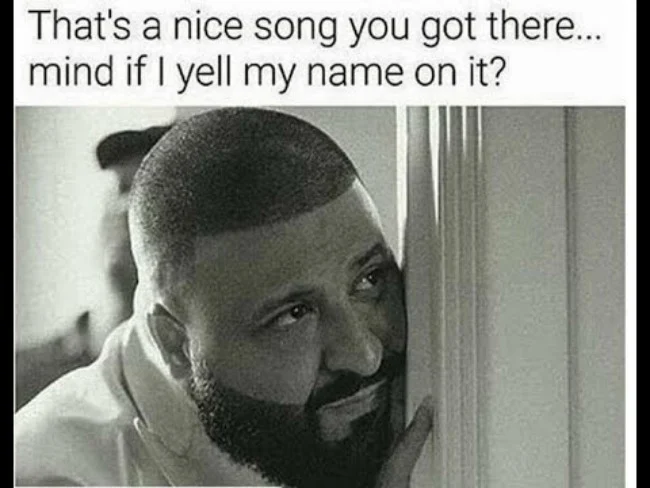
Before memes became synonymous with internet culture, they thrived in a different milieu. To understand their origins, one must look back through history, where memes existed not in pixels but in traditions, folklore, and oral narratives. Consider the ancient proverb, an elegant example of a meme in its most primal form. These short, pithy statements, rich in wisdom, traveled orally across continents, evolving and adapting to the local culture and language. They were the viral content of their time, spreading through human networks with a persistence and resilience that any digital meme would envy.
In a similar vein, folklore and legends served as narrative memes, shaping societies’ morals and values. These stories, with their archetypal characters and moral lessons, were not just entertainment; they were the social glue that held communities together, imparting wisdom and shared values from one generation to the next.
Then came the printed word, a revolution that transformed the meme landscape. Suddenly, ideas could travel faster and farther than ever before. Political cartoons in newspapers, for instance, became a potent form of meme, distilling complex socio-political situations into a single, impactful image. They were memes, not in the modern sense of a cat playing a piano, but in their ability to encapsulate and transmit a cultural idea or sentiment.
Early Forms of Memes
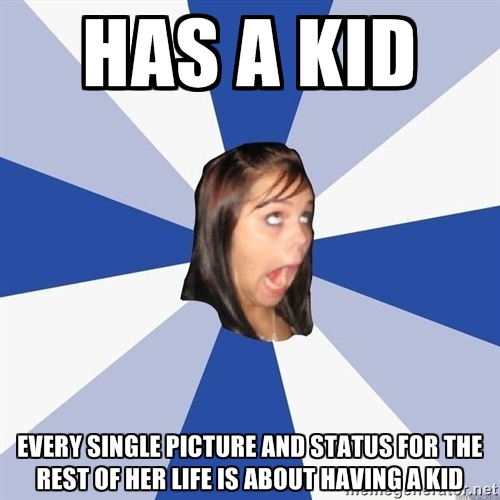
Before memes became synonymous with internet culture, they thrived in a different milieu. To understand their origins, one must look back through history, where memes existed not in pixels but in traditions, folklore, and oral narratives. Consider the ancient proverb, an elegant example of a meme in its most primal form. These short, pithy statements, rich in wisdom, traveled orally across continents, evolving and adapting to the local culture and language. They were the viral content of their time, spreading through human networks with a persistence and resilience that any digital meme would envy.
In a similar vein, folklore and legends served as narrative memes, shaping societies’ morals and values. These stories, with their archetypal characters and moral lessons, were not just entertainment; they were the social glue that held communities together, imparting wisdom and shared values from one generation to the next.
Then came the printed word, a revolution that transformed the meme landscape. Suddenly, ideas could travel faster and farther than ever before. Political cartoons in newspapers, for instance, became a potent form of meme, distilling complex socio-political situations into a single, impactful image. They were memes, not in the modern sense of a cat playing a piano, but in their ability to encapsulate and transmit a cultural idea or sentiment.
The Internet Era
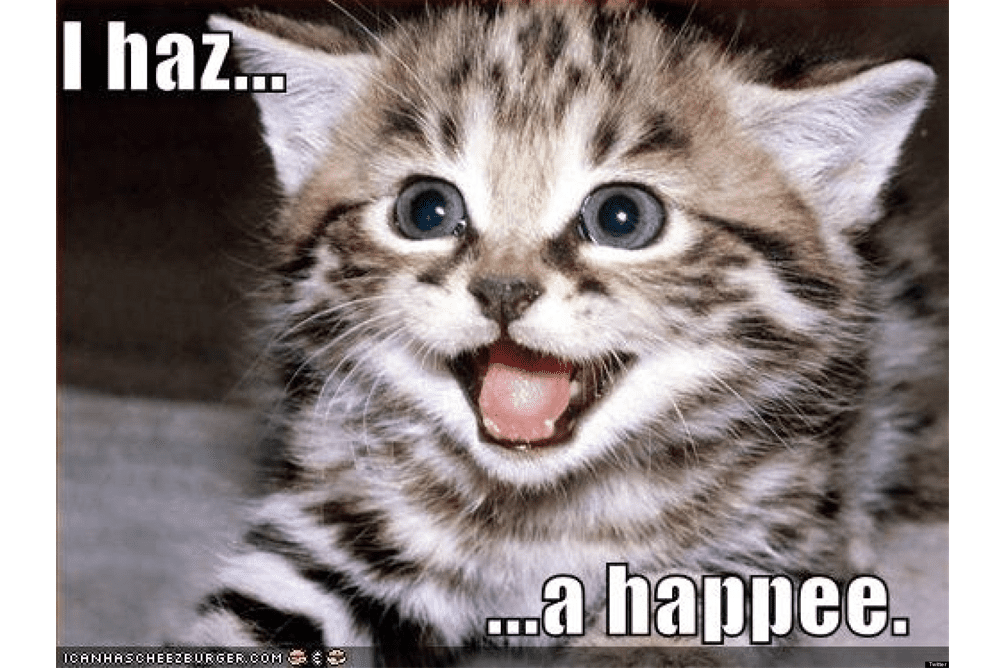
The true metamorphosis of memes, however, began with the rise of the internet. As the digital age dawned, it brought with it online forums and bulletin board systems – the primordial soup from which internet memes would emerge. These early online communities were melting pots of creativity and humor, where the first internet memes were born and shared.
The technology of the internet, with its ability to connect people across vast distances instantaneously, was a game-changer for memes. An image, a phrase, or a video clip could now leap across continents in the blink of an eye, evolving as it went. The rate of meme evolution, slow and steady in the analog world, accelerated exponentially in the digital one.
It was in this era that memes began to take on their modern form – image macros with catchy captions, viral videos, and hashtags. Memes became a way for people to comment on real-world events, pop culture, and even the mundane aspects of daily life, all with a characteristic blend of humor and insight.
Memes as a Social Phenomenon
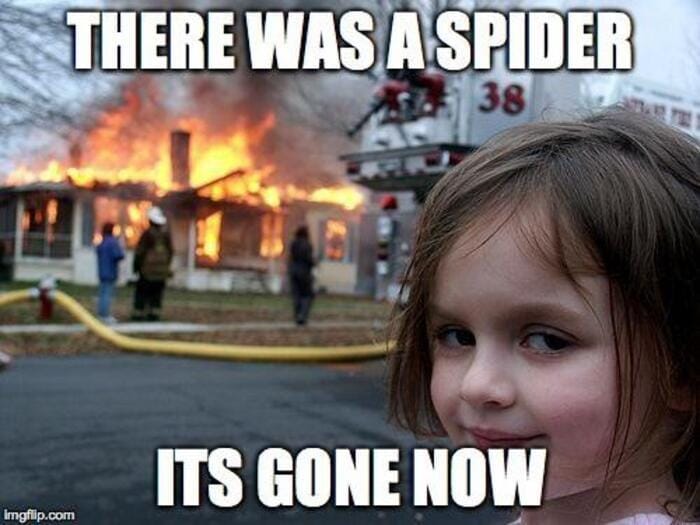
The social landscape of memes is as diverse as it is complex. At their core, memes are a form of social commentary, a mirror reflecting the zeitgeist of our times. They are the digital age’s answer to the editorial cartoon, a means of distilling complex social and political issues into a format that is at once accessible and engaging.
Take, for instance, the meme that simply featured the phrase “OK Boomer.” This meme transcended its role as a viral joke to become a cultural marker, encapsulating a generational divide in attitudes, values, and communication styles. It was more than just a witty retort; it was a commentary on intergenerational misunderstanding and the frustration of younger generations feeling unheard.
Another impactful example is the “Distracted Boyfriend” meme. Originating from a stock photo, this meme became a versatile tool for commenting on everything from political loyalty shifts to consumer choices. Its popularity and adaptability demonstrate how a single image can become a template for myriad social commentaries, each iteration shedding light on different aspects of human behavior and societal norms.
Evolution of Meme Formats
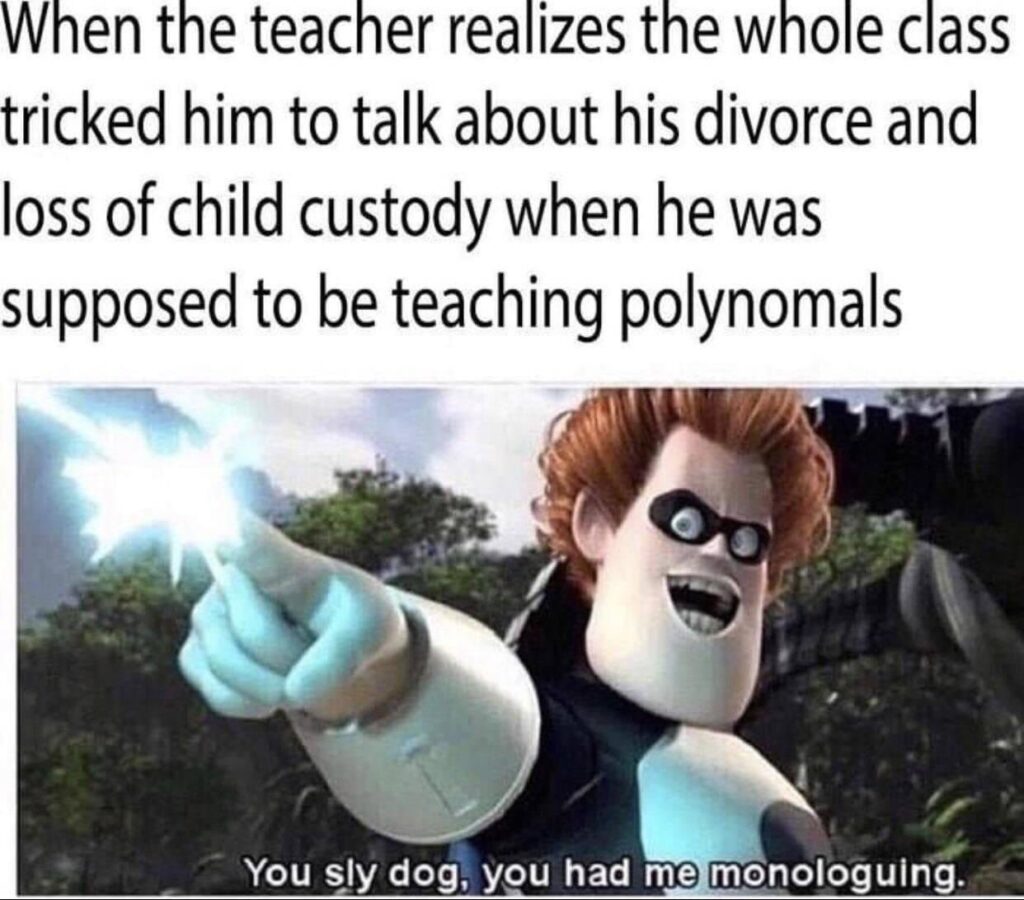
The evolution of meme formats is a story of technological advancement and creative adaptation. From the simple image macros of the early 2000s – think of the “Success Kid” or “Bad Luck Brian” – memes have evolved into complex multimedia forms. This progression mirrors the technological advancements in digital media creation and sharing. The memes of today are not just static images; they are GIFs, videos, and even interactive formats, each adding a new dimension to the meme’s narrative power.
Central to this evolution has been the role of social media platforms. Each platform, with its unique features and user base, has influenced the form and content of memes. Twitter’s character limit, for instance, has led to the popularity of text-based memes and witty one-liners, while TikTok’s video-centric format has given rise to a new genre of performative, often music-laden memes. Instagram, with its focus on aesthetics, has seen the rise of visually stunning meme content, often blurring the lines between meme and art.
Platforms like Reddit have played a significant role too, providing communities where memes are not only shared but actively workshoped and refined. These platforms have become the modern-day equivalents of the Agora, where ideas (in this case, memes) are debated, refined, and disseminated.
Memes and Marketing
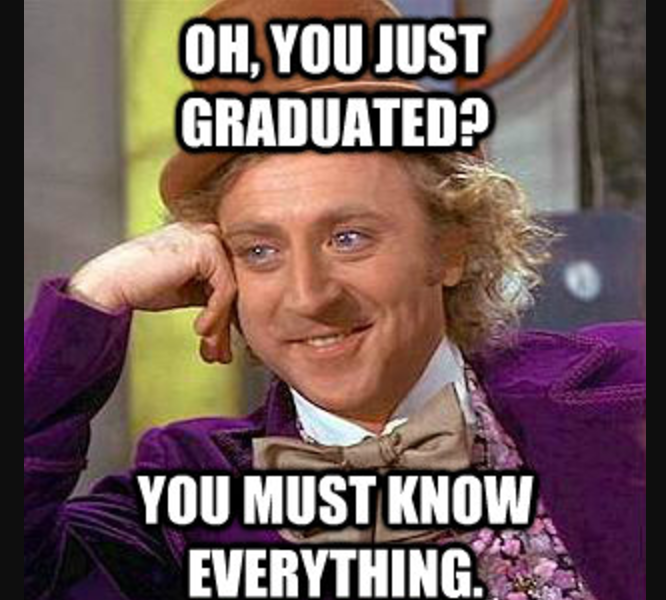
The realm of marketing has always been quick to adapt to new forms of communication, and the world of memes is no exception. Brands, in their quest to connect with consumers on a more personal and relatable level, have turned to memes as a tool for engagement. This integration of meme culture into marketing strategies marks a significant shift in how companies approach advertising. It’s less about selling a product and more about creating a shared moment of humor or insight that resonates with the audience.
Some Marketers such as The Alex Lyon use memes to grow!
A notable example of this is the way fast food chains have utilized memes on social media. Take Wendy’s, for instance, known for its witty and often sardonic Twitter presence. By engaging in meme culture, Wendy’s doesn’t just promote its products; it participates in a larger cultural conversation, creating a brand identity that is approachable, current, and engaging.
However, meme-based marketing is not without its pitfalls. Memes are inherently tied to the cultural and social context in which they are created and shared. A misstep in understanding this context can lead to backlash, as seen in instances where brands have misappropriated memes or used them in ways that come across as tone-deaf. The line between a successful meme-based campaign and one that backfires can be perilously thin.
Psychological Impact of Memes
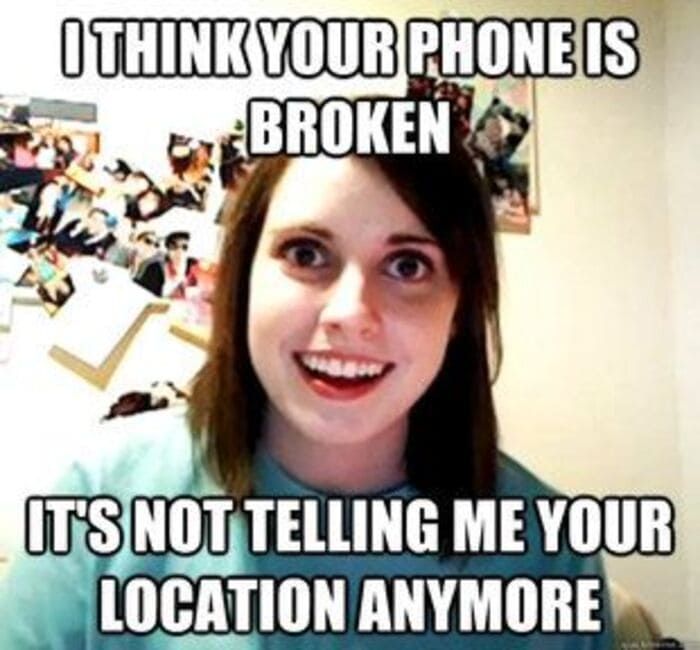
The impact of memes extends beyond their cultural and social significance; they also have a psychological dimension. Memes, by their very nature, are a reflection of our collective consciousness. They often resonate because they articulate something that many people are thinking or feeling but haven’t expressed. This shared experience can create a sense of community and belonging, a feeling of being part of a larger whole.
Research into the psychological effects of memes is still in its infancy, but early studies suggest that memes can have a positive impact on mental health. They can provide humor and relief in stressful times, create a sense of connection, and even serve as a coping mechanism for dealing with complex emotions and situations.
However, the psychological landscape of memes is not uniformly positive. The same mechanisms that allow memes to build communities can also be used to reinforce negative stereotypes, spread misinformation, or exacerbate polarization. Memes can be a double-edged sword, with the power to uplift as well as to harm.
The Dark Side of Memes

While memes often bring laughter and a sense of community, there is a shadowy side to this cultural phenomenon. The same attributes that make memes powerful tools for humor and connection can also make them potent vehicles for propaganda and misinformation. Memes can simplify complex issues into misleading black-and-white narratives, and their viral nature means that once a meme carrying misinformation is out there, it’s incredibly difficult to correct or retract.
Consider the case of political memes used during election campaigns. These memes often play on emotions, stereotypes, and half-truths, quickly polarizing public opinion. The 2016 U.S. Presidential Election serves as a case study in how memes can be weaponized to influence political discourse, often flying under the radar of traditional fact-checking.
But the issue goes beyond politics. There are memes that trivialize serious issues or spread harmful stereotypes. The anonymity and speed of the internet mean that creators of such content often face little to no repercussions, while the impact of their creations ripples through society.
The Future of Memes
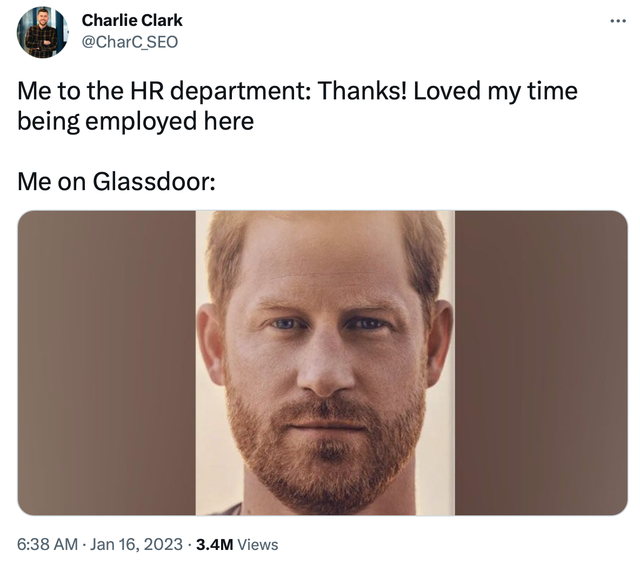
Predicting the future of memes is like trying to catch a wave with your hands – it’s elusive and constantly changing. However, certain trends hint at where meme culture might be heading. Advances in technology, like the rise of artificial intelligence and deepfake technology, suggest that we may see more sophisticated and personalized memes. Imagine a meme that can adapt its message and humor to the individual viewer, blurring the line between content and viewer in unprecedented ways.
Moreover, as our world becomes increasingly digitized and interconnected, memes are likely to play an even more significant role in shaping cultural and social narratives. They might evolve into more interactive formats, or perhaps become more integrated with virtual and augmented reality technologies, creating immersive meme experiences.
However, with this evolution comes the responsibility to navigate the ethical and societal implications of memes. As they become more ingrained in our culture and more potent in their impact, the way we create, share, and consume memes will need to be more thoughtful and informed.
Conclusion: Reflecting on the History of Memes
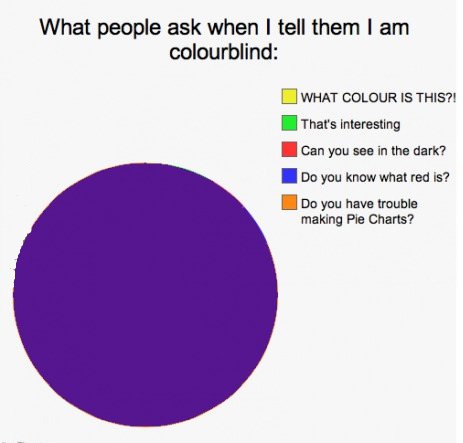
As we reach the end of our journey through the history of memes, it’s clear that these digital artifacts are more than fleeting distractions. They are a vivid reflection of our culture, a lens through which we can view the evolution of communication, humor, and social interaction. The history of memes is a tapestry, woven with threads of technology, psychology, and societal change, revealing much about who we are and how we connect with one another.
In retracing the history of memes, we’ve seen how they’ve evolved from simple cultural imitations to complex digital phenomena. This evolution is not just a story of technological advancement; it’s a narrative about human creativity and adaptability. The history of memes shows us how cultural artifacts adapt to their environment, changing in form and function to better suit the needs and preferences of their audience.
Yet, the history of memes is not without its darker chapters. As much as they can unite and entertain, memes also have the power to misinform and divide. This duality is a reminder of the power inherent in any form of communication. The history of memes teaches us about the responsibility that comes with this power – the responsibility to create and share content that is not only engaging but also respectful and truthful.
Looking forward, the history of memes is still being written. It is a history that will undoubtedly continue to evolve, reflecting new technologies, societal changes, and the unending creativity of the human spirit. As we partake in this ongoing narrative, it’s important to remember the lessons learned from the past. The history of memes is not just a collection of viral images and witty captions; it’s a chronicle of our collective human experience, a story of how we connect, communicate, and understand the world around us.
In conclusion, the history of memes is a fascinating study of human culture and technology. It’s a story that spans from the ancient proverbs and folklore to the dynamic, digital creations of today. As we continue to create and share memes, we are not just passing along jokes; we are participating in a rich cultural tradition, one that speaks to the very core of our social nature. The history of memes, in its myriad forms and transformations, is a vibrant reminder of our shared humanity and our endless capacity for creativity and connection.

